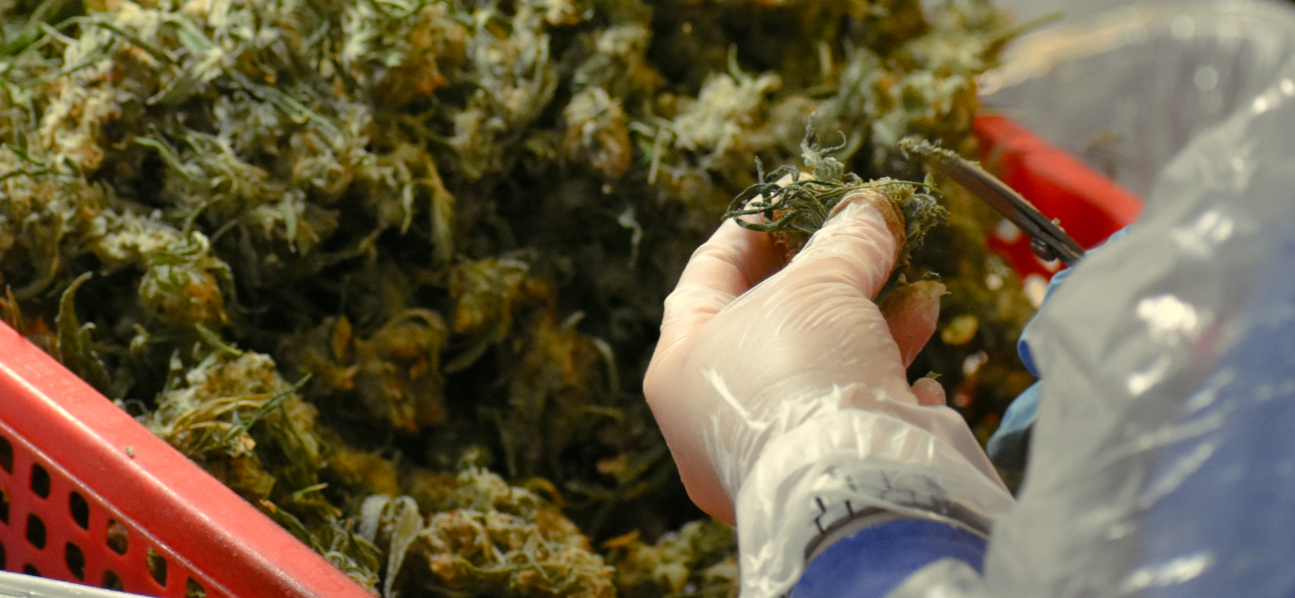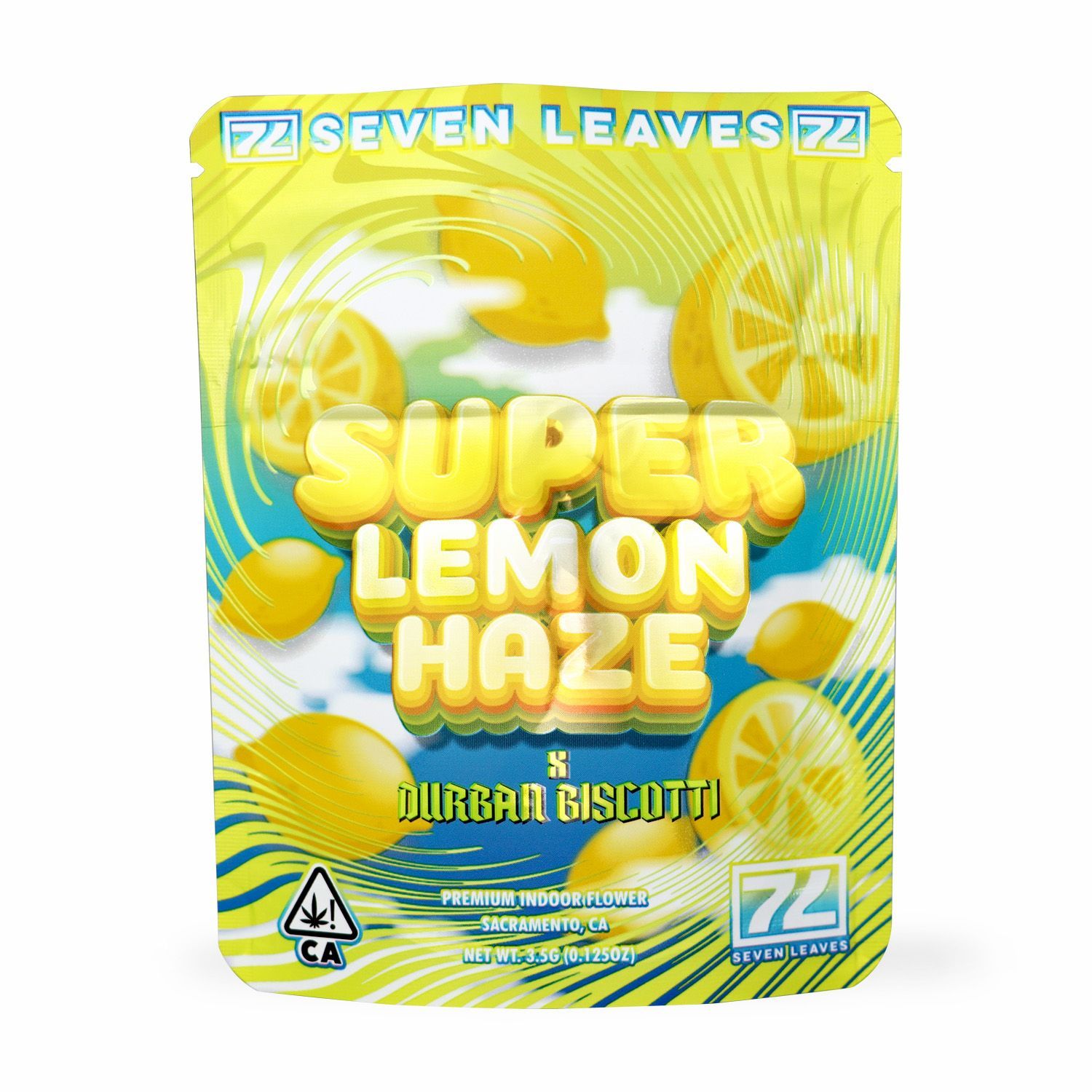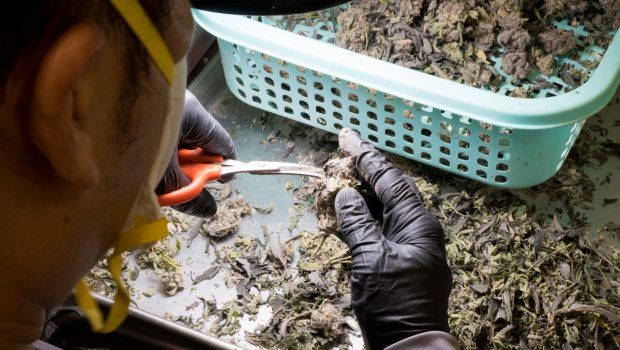The cannabis industry has seen incredible advancements in cultivation techniques and technology. However, when it comes to the final presentation and overall quality of the flower, a long-standing debate persists: hand-trimming versus machine-trimming. While machines offer efficiency, many connoisseurs and cultivators argue that the nuanced touch of hand-trimming delivers a superior product. Let's delve into why hand-trimming continues to be the preferred method for premium indoor cultivated cannabis and the drawbacks of its mechanical counterpart.

The art of hand-Trimming
Hand-trimming is a labor-intensive process, but it's often considered an art form by those dedicated to producing top-shelf cannabis. Each bud is carefully handled, allowing the trimmer to meticulously remove excess sugar leaves while preserving the precious trichomes.
Preserving Trichomes: Trichomes are the tiny, mushroom-shaped glands on the cannabis flower that produce cannabinoids (like THC and CBD) and terpenes, which are responsible for the plant's aroma and flavor. Hand trimmers can carefully navigate around these delicate structures, ensuring minimal loss.
Enhanced Aesthetics: Hand-trimmed buds typically have a more appealing, natural shape. The careful removal of sugar leaves results in a tighter, denser, and more visually attractive nug. This aesthetic quality is often a hallmark of high-quality cannabis.
Minimal Damage: The gentle touch of human hands drastically reduces the risk of bruising or damaging the flower, maintaining its structural integrity and overall bag appeal.
The Downside of Machine-Trimming
Machine trimmers, while efficient and cost-effective for large-scale operations, come with several significant drawbacks that impact the final product's quality.
Trichome Loss and Degradation: This is perhaps the most critical issue. Machine trimmers operate by tumbling or rotating buds against blades or grates. This aggressive action inevitably knocks off a substantial amount of trichomes, which are rich in cannabinoids and terpenes. The result is a less potent and less flavorful product.
Compromised Appearance: Machine-trimmed buds often have a "battered" or "shaved" appearance. The uniform, often unnatural, trim can make the flower look less appealing and may even reveal nooks where moisture can accumulate, potentially leading to mold if not properly cured.
Reduced Bag Appeal: For consumers who appreciate the craftsmanship and visual appeal of their cannabis, machine-trimmed flower simply doesn't measure up. The lack of intact trichomes and the rougher appearance diminish its overall desirability.
Market Demand for Hand-Trimmed Cannabis
Despite the rise of automation, the majority of the cannabis market, especially the discerning segment, still strongly demands hand-trimmed flower. Consumers are increasingly educated about what constitutes quality cannabis, and they are willing to pay a premium for products that offer superior potency, flavor, and aesthetics. Brands that commit to hand-trimming often differentiate themselves in a crowded market by signaling a dedication to quality and craftsmanship.
In conclusion, while machine-trimming offers undeniable efficiency for commercial cultivators, the benefits of hand-trimming – particularly in terms of trichome preservation, aesthetic appeal, and overall product quality – remain paramount for premium indoor cultivated cannabis. As the cannabis market matures, the demand for high-quality, hand-trimmed flower is only likely to grow, reinforcing its position as the gold standard in the industry.




